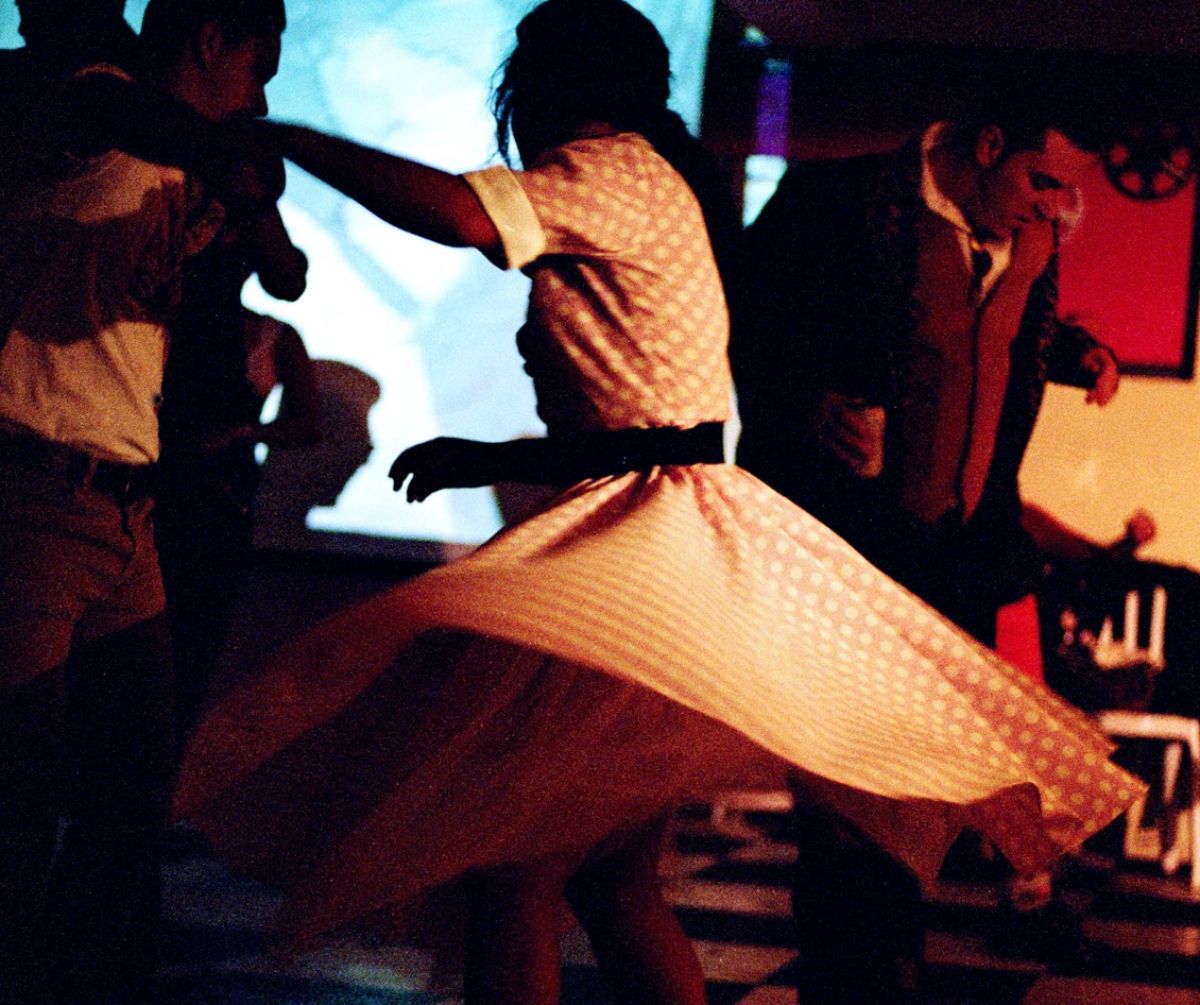As the grey of World War 2 fades into a post-war economic boom, the USA becomes illuminated with a new found freedom based on more time, more money, and a higher value on life. This seismic rise of a relatively young nation unwittingly triggers the most influential cultural shifts since the renaissance – the birth of youth culture.
Rockabilly, although it receives its name from Western USA, has become synonymous with a far reaching and resilient subculture that spans 70 years of solid and meticulous dedication to rock and roll, denim, hairstyles, tattoos, cars and all things Americana. Its predecessor - Rock and Roll, rooted in Jazz and Blues were genres forged during the African American struggles of slavery, akin to mournful work songs. During the late 1940s we see the birth of the genre with black musicians like Chuck Berry giving lift-off to the sound.









